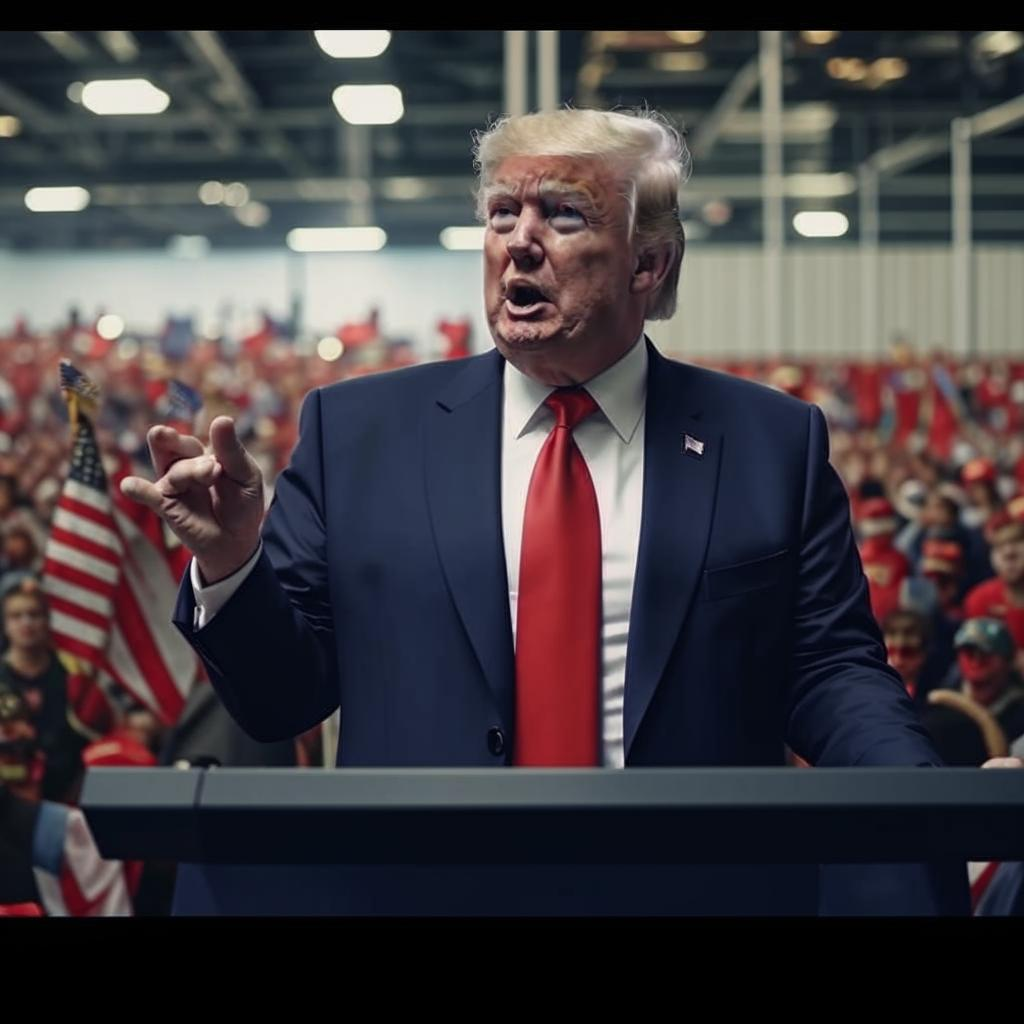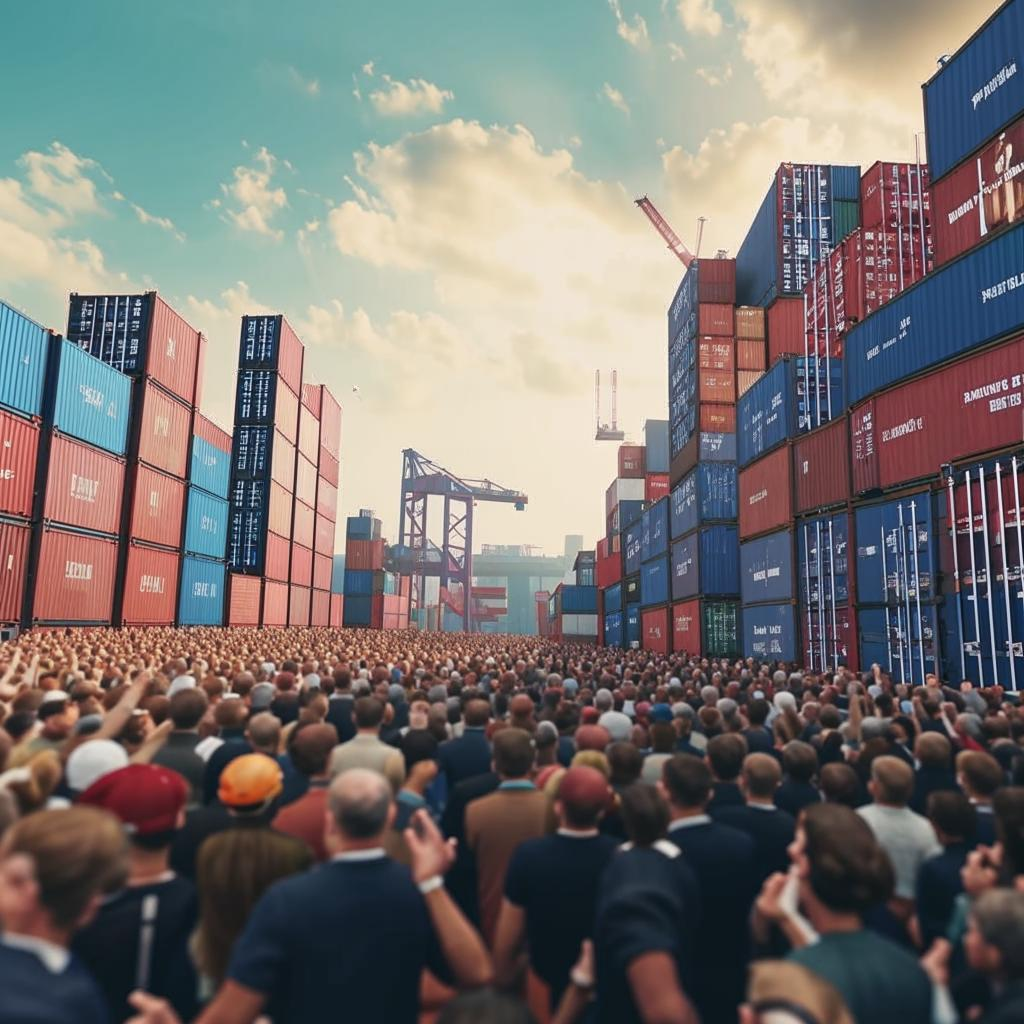Donald Trump’s renewed focus on tariffs is creating a complex situation, potentially undermining some of his core economic promises. While he frames tariffs as a tool to protect American industries and reduce the trade deficit, the reality is proving more complicated.
Trump’s proposed tariffs on Chinese goods, particularly, are raising concerns among economists and businesses. These tariffs, aimed at pressuring China into fairer trade practices, could trigger retaliatory measures, escalating a trade war that would hurt American consumers through higher prices and decreased purchasing power.
Critics argue that tariffs ultimately function as a tax on American consumers and businesses that rely on imported goods. Companies that import components or raw materials may have to absorb the increased costs or pass them on to consumers, potentially leading to inflation. This directly contradicts Trump’s pledges to lower costs and boost the economy for everyday Americans.
Furthermore, the tariffs could disrupt global supply chains, making it more difficult and expensive for American manufacturers to compete internationally. Many businesses have already adapted their supply chains to minimize the impact of the previous round of tariffs. However, a significant ramp-up in tariffs could force businesses to make even more difficult choices, such as cutting jobs or relocating production overseas.
Trump’s supporters argue that the short-term pain of tariffs is necessary to achieve long-term economic benefits, such as bringing manufacturing jobs back to the United States. However, economists remain divided on whether tariffs are an effective tool for achieving these goals, with many pointing to the potential for unintended consequences. The tension between campaign promises and economic realities poses a significant challenge for Trump as he seeks re-election.














